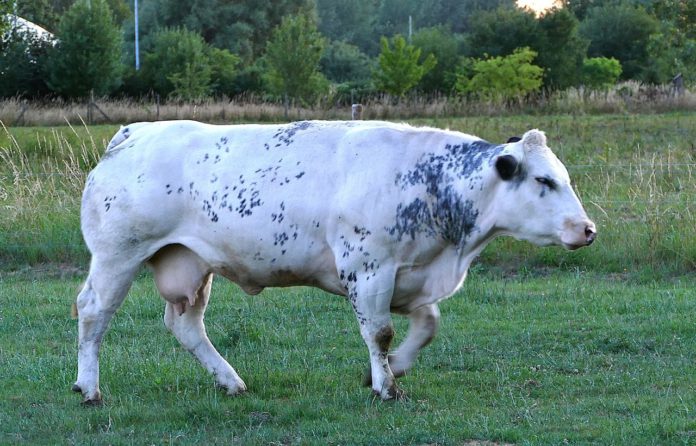This week, That’s Farming looks at the biology of ‘chewing the cud’ and outlines the importance of this process in feed conversion.
‘Chewing the cud’ is when a portion of food returns from a ruminant’s stomach to the mouth, to be rechewed.
Fundamentally, this is a process underpinning animal productivity, weight gain, gut health, and general health.
Without good nutrition, cattle and sheep cannot express their full genetic potential, nor will they be reproductively efficient.
The cow has four stomachs
To a certain degree, this statement is true. Bovine stomachs have four chambers: the rumen, the reticulum, the omasum, the abomasum.
Each chamber carries out a unique function; however, the rumen is of particular importance.
It is the largest chamber of all and acts as a fermentation vat for digestion.
Essentially, the rumen is the gut of what we call a ruminant. It can hold over 90 litres of material.
Ruminant animals include cows, sheep, goats, and buffalos. Dissimilarity, horses are not ruminants.
Within the gut, microbes or bacteria carry out specific digestive functions.
Ultimately, the goal is to convert foods such as silage, hay, grass, and concentrates to digestible nutrients to cause growth.
Scratch factor
When young ruminants are born, they have no immunity but also no mechanism of breaking down tough carbohydrates.
Therefore, they need their mother’s milk to survive and are confined to a milk-only diet at first. After some weeks, calves and lambs will begin to pick at hay or grass.
Naturally, an instinct tells them to begin developing the rumen, to prepare for summer grazing and wean off milk.
Introducing a dry carbohydrate like hay encourages microbial growth in the rumen and prepares the animal for adolescent life.
The pathway of food
Principally, when a cow grazes, physical digestion begins with the tear and chew of grass or silage using their teeth.
Saliva moistens the food and creates a bolus – a ball of food. After swallowing, this travels down into the reticulum – 18 litres in size. Here, further breakdown of food occurs.
Notably, the heart is adjacent to the reticulum. If sharp objects or large chunks of undigested food arrive and lodge here, this can be fatal.
Interestingly, the reticulum has honeycomb structures in its walls, meaning food chunks can become trapped and cause infection.
Evidently, these problems are very difficult to detect, and infections can be extremely serious.
Partially digested food boluses are often pinned as the route of an infection on discovery after death.
Following this, food arrives into the rumen, the largest of the chambers. Necessarily, it has millions of microbes, such as bacteria, that break down and ferment food.
Rumination
Unlike humans, ruminants can digest tough carbohydrates such as cellulose found in plants, using these microbes.
They live in the cow’s stomach. Benefitting from the gut as a habitat, they are responsible for converting feed to energy in return. However, microbes cannot do this on their own.
At this point, the bolus of food is still not fully digested. For microbes to digest fibres and cellulose efficiently, food must be regurgitated for rechewing.
Moreover, this increases the surface area available for microbes to work on and hence, we have the cow’s belch.
Food is returned to the rumen via the same pathway once rechewed.
You will see cattle lying down in the middle of the day, chewing. We know this to be ‘chewing the cud’ or rumination.
To note, rumen walls also have tiny projections like fingers, which increase the surface area for absorbing nutrients.
Regurgitating food and further breaking it down, makes particles small enough to be directly absorbed into the bloodstream.
Subsequently, water absorption follows rumination in the omasum and abomasum.
Importance
Conclusively, chewing the cud is vitally important for the herd or flock’s overall health and productivity.
Content cattle or sheep will carry out this process for several hours every day.
Good quality grass, hay, silage, and concentrates contribute to a regulated digestive system.
Otherwise, imbalances in factors such as pH, will lead to illnesses, low productivity, increased inputs, and decreased outputs.





